| Availability: | |
|---|---|
| Quantity: | |
| Product Name | sintered neodymium magnet |
| Material | Neodymium Magnet/Permanet Magnet |
| Size | Various kinds or according to customers' request |
| Shape | Disc, Block, Ring, Countersunk, Segment, Trapezoid, Irregular shapes are available, Or Customized Shapes |
| Grade | N35-N52, N35M-N50M, N33H-N48H, N30SH-N35SH and so on |
| Tolerance in size | +/-0.05 mm |
| Direction of magnetisation | Through the thickness or through the diameter |
| Applications | 1. Electronic areas: speakers, headphones, acoustics, sensors and so on. 2. Motor areas: generators, servo motors, micro-motors, vibration motors, elevator motor and so on. 3. Clean Tech Energy: Water flow enhancement, wind turbines. 4. Health care: MRI, medical treatment equipment. 5. Other industries: electric doors and windows, electric vehicle, electric bicycles, computer, phone, boxes, magnetic tools, notebook and so on |
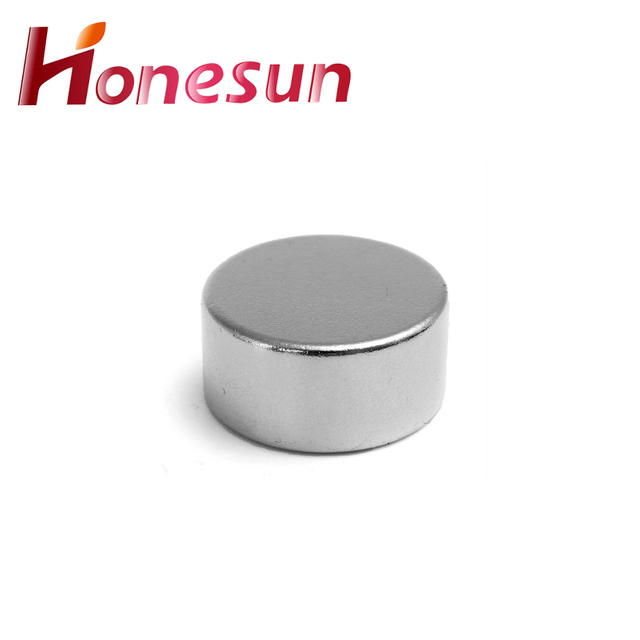
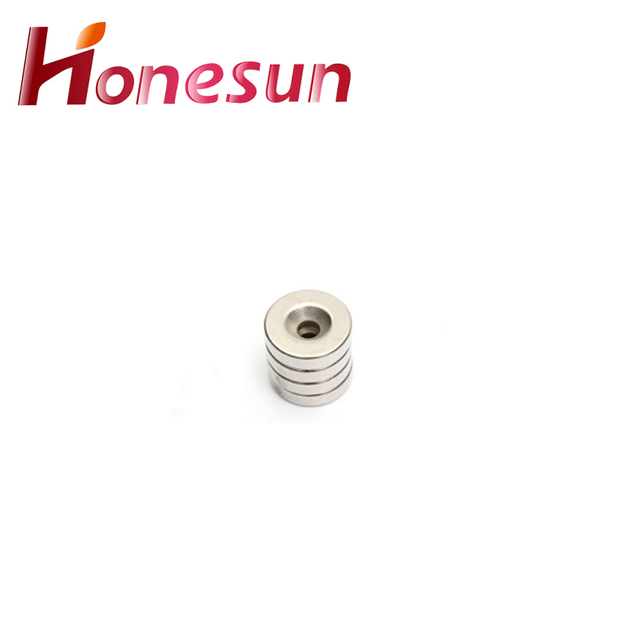
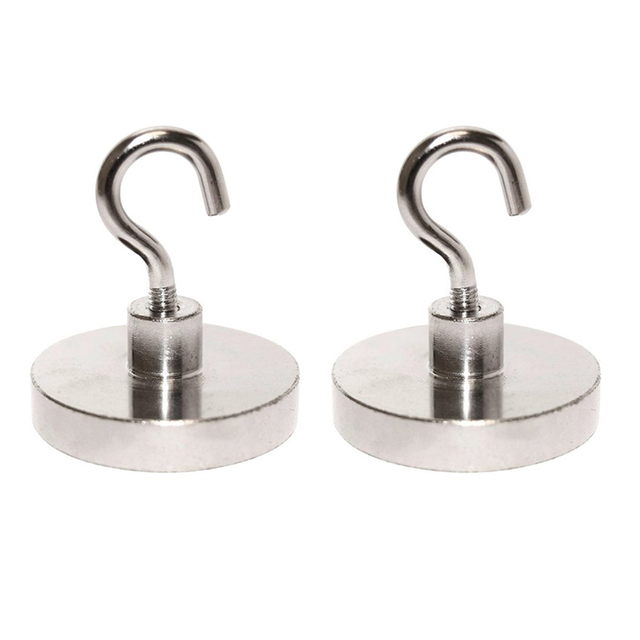
1.Are there any potential hazards associated with sintered neodymium magnet?
We maintain a certain amount of R&D investment every year and continuously improve operational efficiency to provide better services to our cooperative customers. Yes, there are potential hazards associated with neodymium magnets. They can be very powerful and can cause serious injury if swallowed. They can also pinch fingers and other body parts if two magnets are brought together too quickly. Additionally, neodymium magnets can interfere with pacemakers and other medical devices, and can damage electronic equipment if placed too close.
2.What are the pros and cons of using sintered neodymium magnet?
We have established long-term and stable partnerships with our suppliers, so we have great advantages in price and cost and quality assurance. Pros: - Neodymium magnets are extremely strong and can hold a large amount of weight. - They are very versatile and can be used in a variety of applications. - They are relatively inexpensive and easy to find. - They are corrosion-resistant and can withstand extreme temperatures. Cons: - Neodymium magnets are brittle and can easily break if dropped or mishandled. - They can be dangerous if swallowed, as they can cause serious internal damage. - They can be difficult to work with due to their strength. - They can be expensive depending on the size and grade of the magnet.
3.About sintered neodymium magnet production capacity
Neodymium magnets are the strongest type of permanent magnet available. They are made from an alloy of neodymium, iron, and boron. The global production capacity of neodymium magnets is estimated to be around 10,000 tons per year. The majority of neodymium magnets are produced in China, with other countries such as Japan, the United States, and Germany also producing them.
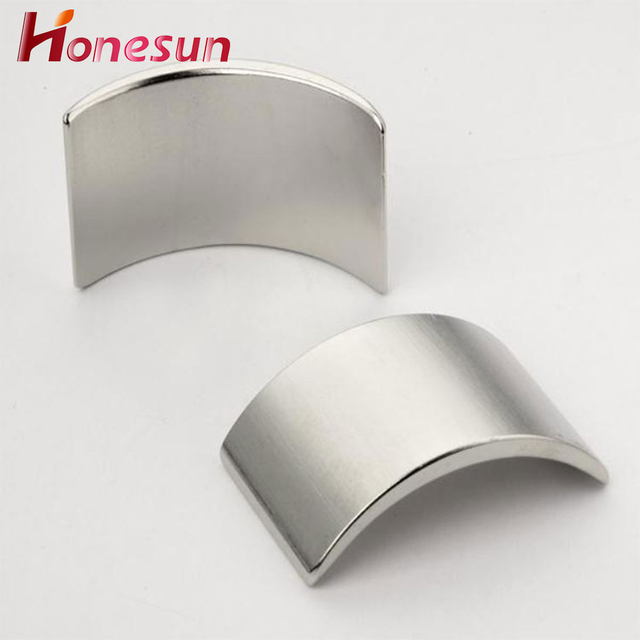
4.About sintered neodymium magnet overseas warehouse
Neodymium Magnets overseas warehouse is a leading supplier of neodymium magnets and related products. We offer a wide range of products, including rare earth magnets, ceramic magnets, alnico magnets, and more. Our products are used in a variety of industries, including automotive, aerospace, medical, and industrial. We have warehouses located in the United States, Europe, and Asia, allowing us to provide fast and reliable shipping to customers around the world. We strive to provide the highest quality products at the most competitive prices.
5.About sintered neodymium magnet payment method
Neodymium magnets are a type of rare earth magnet made from an alloy of neodymium, iron, and boron. They are the strongest type of permanent magnet commercially available and are used in a wide variety of applications. Neodymium magnets are typically purchased online and can be paid for using a variety of payment methods, including credit cards, PayPal, and wire transfers.
6.Can sintered neodymium magnet be used in high-temperature environments?
Our sintered neodymium magnet products undergo strict quality control to ensure customer satisfaction. No, neodymium magnets are not suitable for use in high-temperature environments. They can become permanently demagnetized if exposed to temperatures above their Curie temperature, which is typically around 80-200°C (176-392°F).
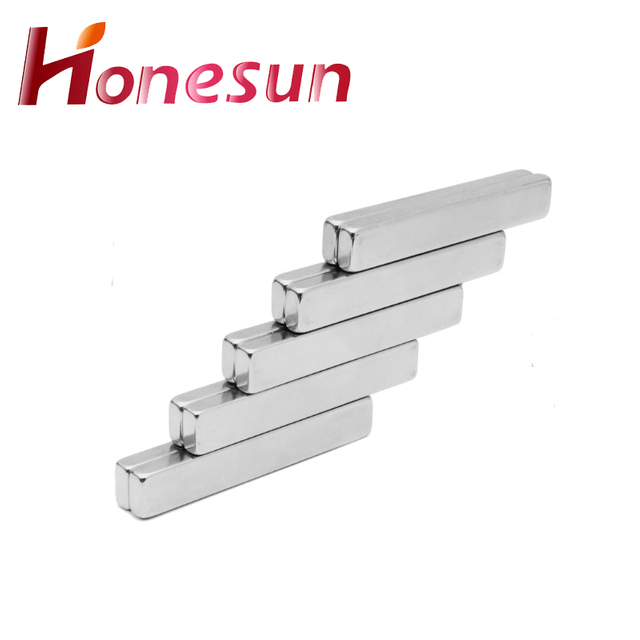
7.Are sintered neodymium magnet affected by extreme temperatures?
Yes, neodymium magnets can be affected by extreme temperatures. They can become brittle and crack if exposed to temperatures above 175°C (347°F). They can also lose their magnetism if exposed to temperatures below -45°C (-49°F).
8.How are sintered neodymium magnet made?
Our products & services cover a wide range of areas and meet the needs of different fields. Neodymium magnets are made by a process called powder metallurgy. This process involves mixing neodymium, iron, and boron powder together and then compressing the mixture into a mold. The mold is then heated to a very high temperature, which causes the particles to bond together and form a solid magnet.
9.What is the magnetic field strength of a Neodymium Magnet?
The magnetic field strength of a Neodymium magnet can range from 10,000 to 14,000 gauss.
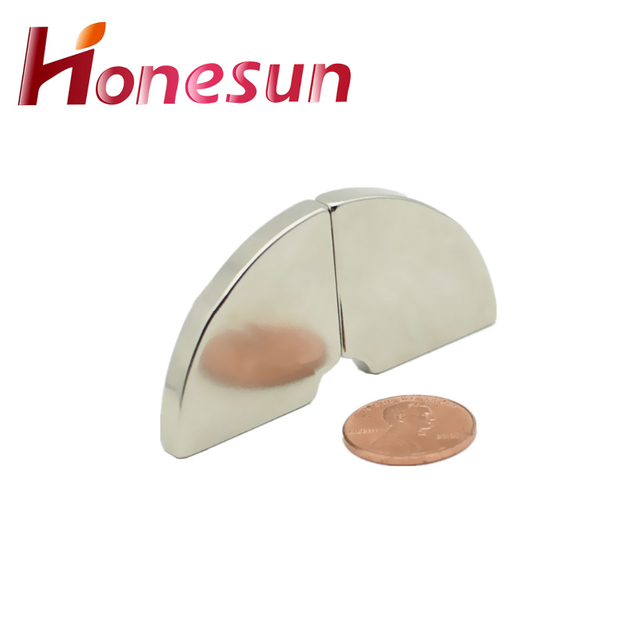
10.Can sintered neodymium magnet be magnetized in different directions?
Yes, neodymium magnets can be magnetized in different directions. This is done by using a special magnetizing tool that applies a magnetic field in the desired direction.
11.Are there any restrictions on the production or use of sintered neodymium magnet?
Yes, there are restrictions on the production and use of neodymium magnets. Neodymium magnets are subject to the European Union's Restriction of Hazardous Substances (RoHS) directive, which restricts the use of certain hazardous materials in electrical and electronic equipment. Additionally, neodymium magnets are subject to the International Maritime Organization's (IMO) International Maritime Dangerous Goods (IMDG) Code, which regulates the transport of hazardous materials by sea. Finally, neodymium magnets are subject to the United Nations' International Atomic Energy Agency (IAEA) regulations, which regulate the use of radioactive materials.
12.About sintered neodymium magnet R&D capabilities
Neodymium magnets are a type of rare earth magnet that is composed of an alloy of neodymium, iron, and boron. They are the strongest type of permanent magnet available and are used in a wide range of applications, from consumer electronics to industrial machinery. Neodymium magnets are highly resistant to demagnetization and have a high coercivity, making them ideal for applications that require a strong magnetic field. Neodymium magnets are typically produced through a process of powder metallurgy, which involves mixing the alloy components together and then pressing them into a mold. The resulting magnets are then heat-treated to increase their coercivity and strength. Research and development of neodymium magnets is ongoing, with new alloys and manufacturing processes being developed to improve the performance of these magnets. Research is also being conducted into new applications for neodymium magnets, such as in medical imaging and renewable energy technologies.

13.What is the lifespan of sintered neodymium magnet?
As one of the sintered neodymium magnet market leaders, we are known for innovation and reliability. The lifespan of neodymium magnets depends on the environment they are in and how they are used. Generally, neodymium magnets can last for decades if they are not exposed to extreme temperatures or corrosive materials.
14.How do sintered neodymium magnet contribute to the aerospace industry?
Neodymium magnets are used in a variety of aerospace applications, including in electric motors, actuators, and sensors. They are also used in navigation systems, guidance systems, and propulsion systems. Neodymium magnets are highly resistant to corrosion and can withstand extreme temperatures, making them ideal for use in aerospace applications. Additionally, their high magnetic strength makes them ideal for use in motors and actuators, allowing for more efficient operation and greater power output.
15.About sintered neodymium magnet warranty
Neodymium magnets are generally covered by a one-year warranty against defects in materials and workmanship. The warranty does not cover damage caused by misuse, abuse, or improper handling. If a magnet is found to be defective, the manufacturer will replace it with a new one.
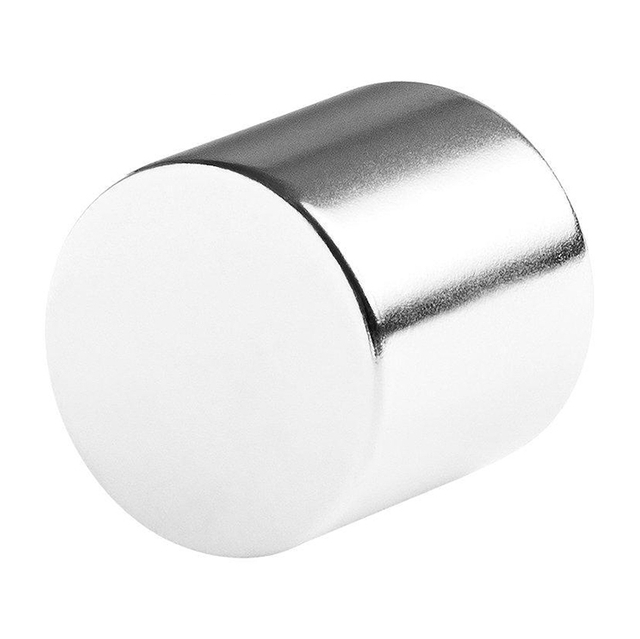
| Product Name | sintered neodymium magnet |
| Material | Neodymium Magnet/Permanet Magnet |
| Size | Various kinds or according to customers' request |
| Shape | Disc, Block, Ring, Countersunk, Segment, Trapezoid, Irregular shapes are available, Or Customized Shapes |
| Grade | N35-N52, N35M-N50M, N33H-N48H, N30SH-N35SH and so on |
| Tolerance in size | +/-0.05 mm |
| Direction of magnetisation | Through the thickness or through the diameter |
| Applications | 1. Electronic areas: speakers, headphones, acoustics, sensors and so on. 2. Motor areas: generators, servo motors, micro-motors, vibration motors, elevator motor and so on. 3. Clean Tech Energy: Water flow enhancement, wind turbines. 4. Health care: MRI, medical treatment equipment. 5. Other industries: electric doors and windows, electric vehicle, electric bicycles, computer, phone, boxes, magnetic tools, notebook and so on |



1.Are there any potential hazards associated with sintered neodymium magnet?
We maintain a certain amount of R&D investment every year and continuously improve operational efficiency to provide better services to our cooperative customers. Yes, there are potential hazards associated with neodymium magnets. They can be very powerful and can cause serious injury if swallowed. They can also pinch fingers and other body parts if two magnets are brought together too quickly. Additionally, neodymium magnets can interfere with pacemakers and other medical devices, and can damage electronic equipment if placed too close.
2.What are the pros and cons of using sintered neodymium magnet?
We have established long-term and stable partnerships with our suppliers, so we have great advantages in price and cost and quality assurance. Pros: - Neodymium magnets are extremely strong and can hold a large amount of weight. - They are very versatile and can be used in a variety of applications. - They are relatively inexpensive and easy to find. - They are corrosion-resistant and can withstand extreme temperatures. Cons: - Neodymium magnets are brittle and can easily break if dropped or mishandled. - They can be dangerous if swallowed, as they can cause serious internal damage. - They can be difficult to work with due to their strength. - They can be expensive depending on the size and grade of the magnet.
3.About sintered neodymium magnet production capacity
Neodymium magnets are the strongest type of permanent magnet available. They are made from an alloy of neodymium, iron, and boron. The global production capacity of neodymium magnets is estimated to be around 10,000 tons per year. The majority of neodymium magnets are produced in China, with other countries such as Japan, the United States, and Germany also producing them.

4.About sintered neodymium magnet overseas warehouse
Neodymium Magnets overseas warehouse is a leading supplier of neodymium magnets and related products. We offer a wide range of products, including rare earth magnets, ceramic magnets, alnico magnets, and more. Our products are used in a variety of industries, including automotive, aerospace, medical, and industrial. We have warehouses located in the United States, Europe, and Asia, allowing us to provide fast and reliable shipping to customers around the world. We strive to provide the highest quality products at the most competitive prices.
5.About sintered neodymium magnet payment method
Neodymium magnets are a type of rare earth magnet made from an alloy of neodymium, iron, and boron. They are the strongest type of permanent magnet commercially available and are used in a wide variety of applications. Neodymium magnets are typically purchased online and can be paid for using a variety of payment methods, including credit cards, PayPal, and wire transfers.
6.Can sintered neodymium magnet be used in high-temperature environments?
Our sintered neodymium magnet products undergo strict quality control to ensure customer satisfaction. No, neodymium magnets are not suitable for use in high-temperature environments. They can become permanently demagnetized if exposed to temperatures above their Curie temperature, which is typically around 80-200°C (176-392°F).

7.Are sintered neodymium magnet affected by extreme temperatures?
Yes, neodymium magnets can be affected by extreme temperatures. They can become brittle and crack if exposed to temperatures above 175°C (347°F). They can also lose their magnetism if exposed to temperatures below -45°C (-49°F).
8.How are sintered neodymium magnet made?
Our products & services cover a wide range of areas and meet the needs of different fields. Neodymium magnets are made by a process called powder metallurgy. This process involves mixing neodymium, iron, and boron powder together and then compressing the mixture into a mold. The mold is then heated to a very high temperature, which causes the particles to bond together and form a solid magnet.
9.What is the magnetic field strength of a Neodymium Magnet?
The magnetic field strength of a Neodymium magnet can range from 10,000 to 14,000 gauss.

10.Can sintered neodymium magnet be magnetized in different directions?
Yes, neodymium magnets can be magnetized in different directions. This is done by using a special magnetizing tool that applies a magnetic field in the desired direction.
11.Are there any restrictions on the production or use of sintered neodymium magnet?
Yes, there are restrictions on the production and use of neodymium magnets. Neodymium magnets are subject to the European Union's Restriction of Hazardous Substances (RoHS) directive, which restricts the use of certain hazardous materials in electrical and electronic equipment. Additionally, neodymium magnets are subject to the International Maritime Organization's (IMO) International Maritime Dangerous Goods (IMDG) Code, which regulates the transport of hazardous materials by sea. Finally, neodymium magnets are subject to the United Nations' International Atomic Energy Agency (IAEA) regulations, which regulate the use of radioactive materials.
12.About sintered neodymium magnet R&D capabilities
Neodymium magnets are a type of rare earth magnet that is composed of an alloy of neodymium, iron, and boron. They are the strongest type of permanent magnet available and are used in a wide range of applications, from consumer electronics to industrial machinery. Neodymium magnets are highly resistant to demagnetization and have a high coercivity, making them ideal for applications that require a strong magnetic field. Neodymium magnets are typically produced through a process of powder metallurgy, which involves mixing the alloy components together and then pressing them into a mold. The resulting magnets are then heat-treated to increase their coercivity and strength. Research and development of neodymium magnets is ongoing, with new alloys and manufacturing processes being developed to improve the performance of these magnets. Research is also being conducted into new applications for neodymium magnets, such as in medical imaging and renewable energy technologies.

13.What is the lifespan of sintered neodymium magnet?
As one of the sintered neodymium magnet market leaders, we are known for innovation and reliability. The lifespan of neodymium magnets depends on the environment they are in and how they are used. Generally, neodymium magnets can last for decades if they are not exposed to extreme temperatures or corrosive materials.
14.How do sintered neodymium magnet contribute to the aerospace industry?
Neodymium magnets are used in a variety of aerospace applications, including in electric motors, actuators, and sensors. They are also used in navigation systems, guidance systems, and propulsion systems. Neodymium magnets are highly resistant to corrosion and can withstand extreme temperatures, making them ideal for use in aerospace applications. Additionally, their high magnetic strength makes them ideal for use in motors and actuators, allowing for more efficient operation and greater power output.
15.About sintered neodymium magnet warranty
Neodymium magnets are generally covered by a one-year warranty against defects in materials and workmanship. The warranty does not cover damage caused by misuse, abuse, or improper handling. If a magnet is found to be defective, the manufacturer will replace it with a new one.

Honesun Industrial Co., Ltd. focuses on designing, researching, developing, manufacturing and selling Magnets and Magnetic Assemblies. With more than 15 years' rich experience and considerate services.we have been recognized as a reliable.



